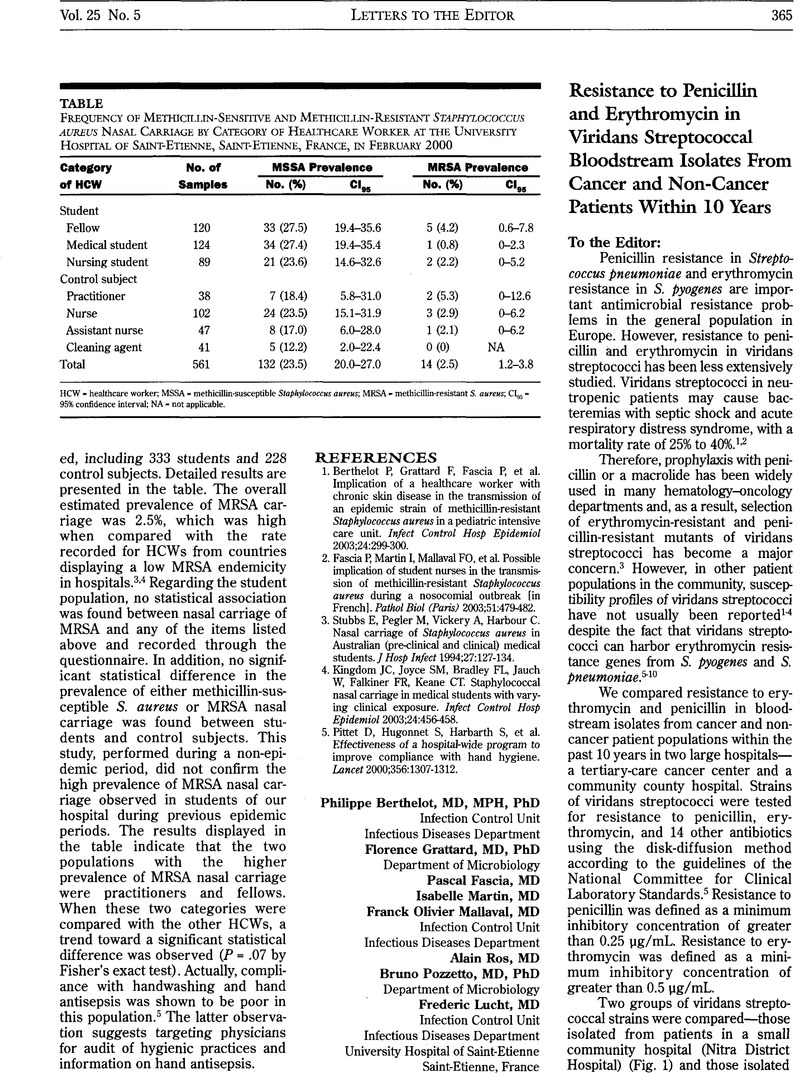Crossref Citations
This article has been cited by the following publications. This list is generated based on data provided by Crossref.
Bruckner, Lauren
and
Gigliotti, Francis
2006.
Viridans Group Streptococcal Infections Among Children With Cancer and the Importance of Emerging Antibiotic Resistance.
Seminars in Pediatric Infectious Diseases,
Vol. 17,
Issue. 3,
p.
153.





